The High Line is getting longer. The second section of the innovative elevated park, which is built on the roadbed of an old freight railroad on Manhattan’s West Side, is scheduled to open in June.
The High Line was built in the 1930s to serve the meatpacking and other industries. It passed directly through several industrial buildings, allowing firms to load and unload freight directly.
The High Line’s design team consists of landscape architecture and urban design firm James Corner Field Operations (the project lead); architecture firm Diller Scofidio + Renfro; structural/MEP engineering firm Buro Happold; structural engineering/historic preservation firm Robert Silman Associates, and more than 10 other firms.
Before anything could be done, the original steel structure had to be sandblasted and painted, says Joseph Tortorella, vice president at Robert Silman. The tracks were removed and put into storage, although some were reinstalled as design items. Among the “building blocks” above the structure, which also contains a layer of concrete, are smooth concrete planks for pathways; benches and decking made from Ipe wood; and perennials, shrubs, grasses and trees. Everything was lifted onto the structure by crane.
The new section, according to Matthew Johnson, senior associate of Diller Scofidio + Renfro, will have elevators and stairways at 23rd Street and 30th Street, with temporary stairways at 26th and 28th streets. It was supposed to open last year – Johnson mentions normal construction delays and the fact that some plants have tight time-windows for planting.
Between 22nd and 23rd streets, where it becomes wider, the park will get its first lawn, with seating steps at the edge. Between 25th and 27th streets, a “flyover” will allow visitors to walk upward into a shady canopy of trees. At 30th Street, concrete decking has been removed for a “cutout.” Walkers can stand on a see-through platform and look down through the spaces in beams and girders.
The new section cost $66.8 million, according to Kate Lindquist of Friends of the High Line. Of this amount, the city paid $38.4 million; the federal government $19.6 million; the state $700,000, and Friends of the High Line and others $8.1 million.
The park is under the jurisdiction of the Parks Department, but Friends of the High Line is responsible for maintenance and programming. To see the map, click here.
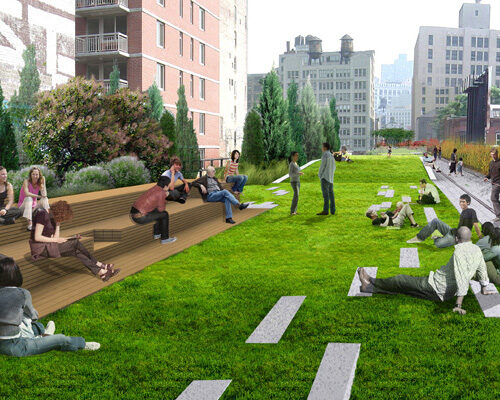
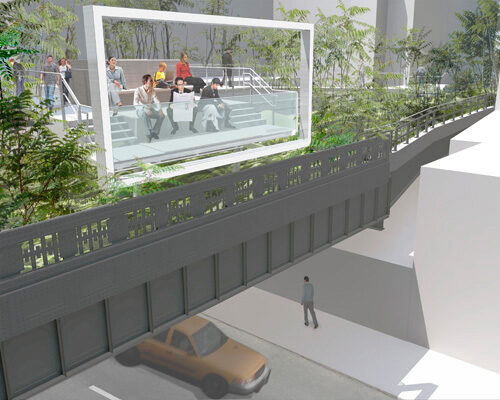
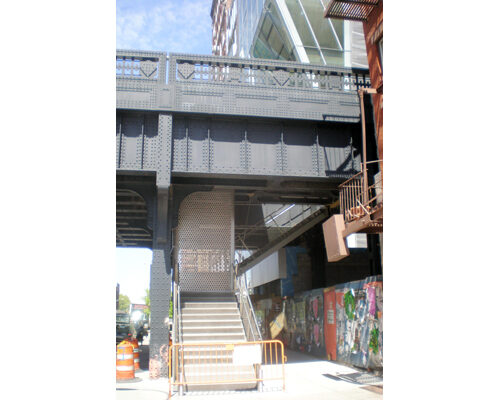
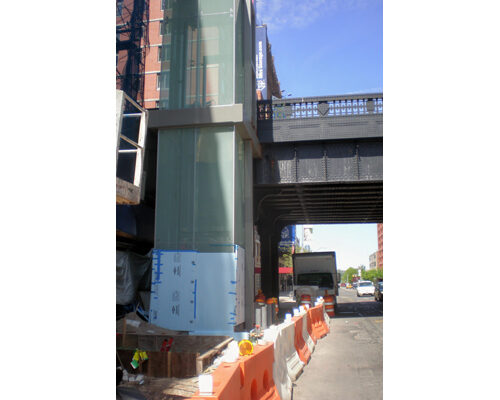
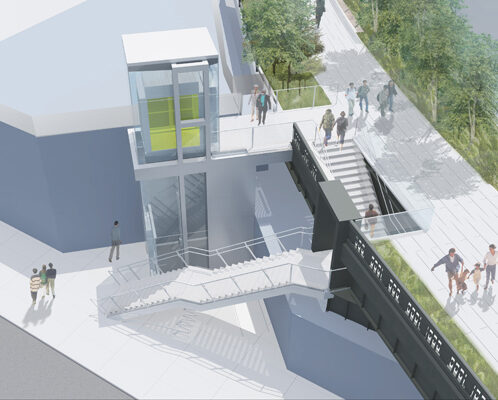
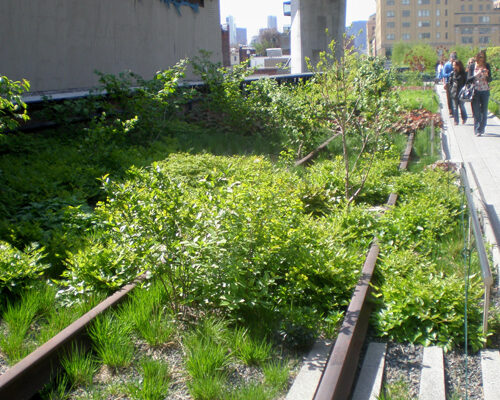
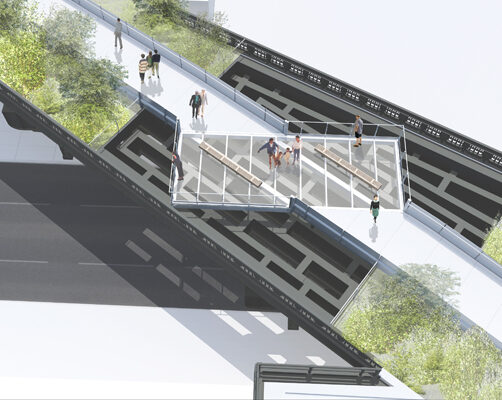
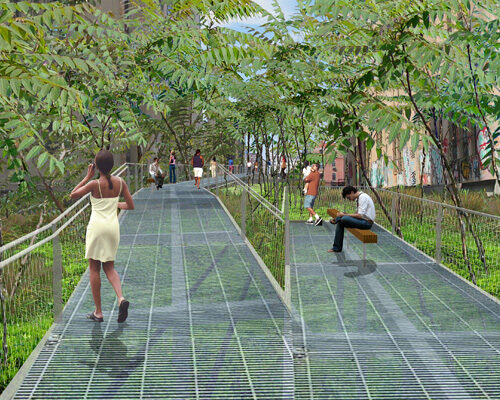

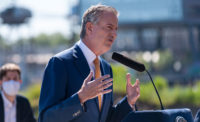

Post a comment to this article
Report Abusive Comment